真田忍者 Sanada Ninja (Page 122–124) from the book Bessho Rekishi Dokuhon Vol. 72 – Shinobi no Mono 132-nin Data File. Written by 永岡慶之助 Nagaoka Keinosuke (Writer).
The protagonists of “立川文庫 Tachikawa Bunko” who fell in the Osaka Campaign (1614–1615 CE)
▽ Sanada Ninja – 鳥居峠 Toriitoge

In the 戦国の世 Sengoku no Yo (Warring States era), the 真田氏 Sanada-shi, called “mysterious bow-wielders,” for some reason evoked a fearful, dimly wavering shadow, silently indicating their extraordinary history.
After all, they used the “六連銭 Rokurenzen” (six linked coins)—the payment for the dead to cross the Sanzu River—as their family crest, not only galloping across battlefields with it as a banner but also having ninjas under them who used mysterious techniques, so it is no wonder that anyone facing them would hesitate.
The Sanada-shi arose in 県郡山家郷真田 Ken-gun Yamagagō Sanada as a branch of the ancient 滋野氏 Shigeno-shi of 東信濃 Higashi Shinano. Regarding the origin of 滋野氏 Shigeno-shi, there are theories such as the 清和源氏 Seiwa Genji theory, the 渡来百済王 Torai Kudara-ō theory, the inheritance of the title of 渤海国太子滋野王船代王 Bohai-koku Taishi Shigeno-ō Funa Daiō, and others, but in any case, in the 平安時代 Heian Jidai (794–1185 CE), the 滋野氏 Shigeno-shi, as 信濃守 Shinano no Kami, went to 信州 Shinshū, resided in 小県郡海野 Chikuma-gun Ueno, engaged in provincial administration, and managed imperial pastures such as 望月段 Mochizuki-dan, called the “佐久の五牧 Saku no Gomoku” (Saku’s five pastures), gradually strengthening their power.
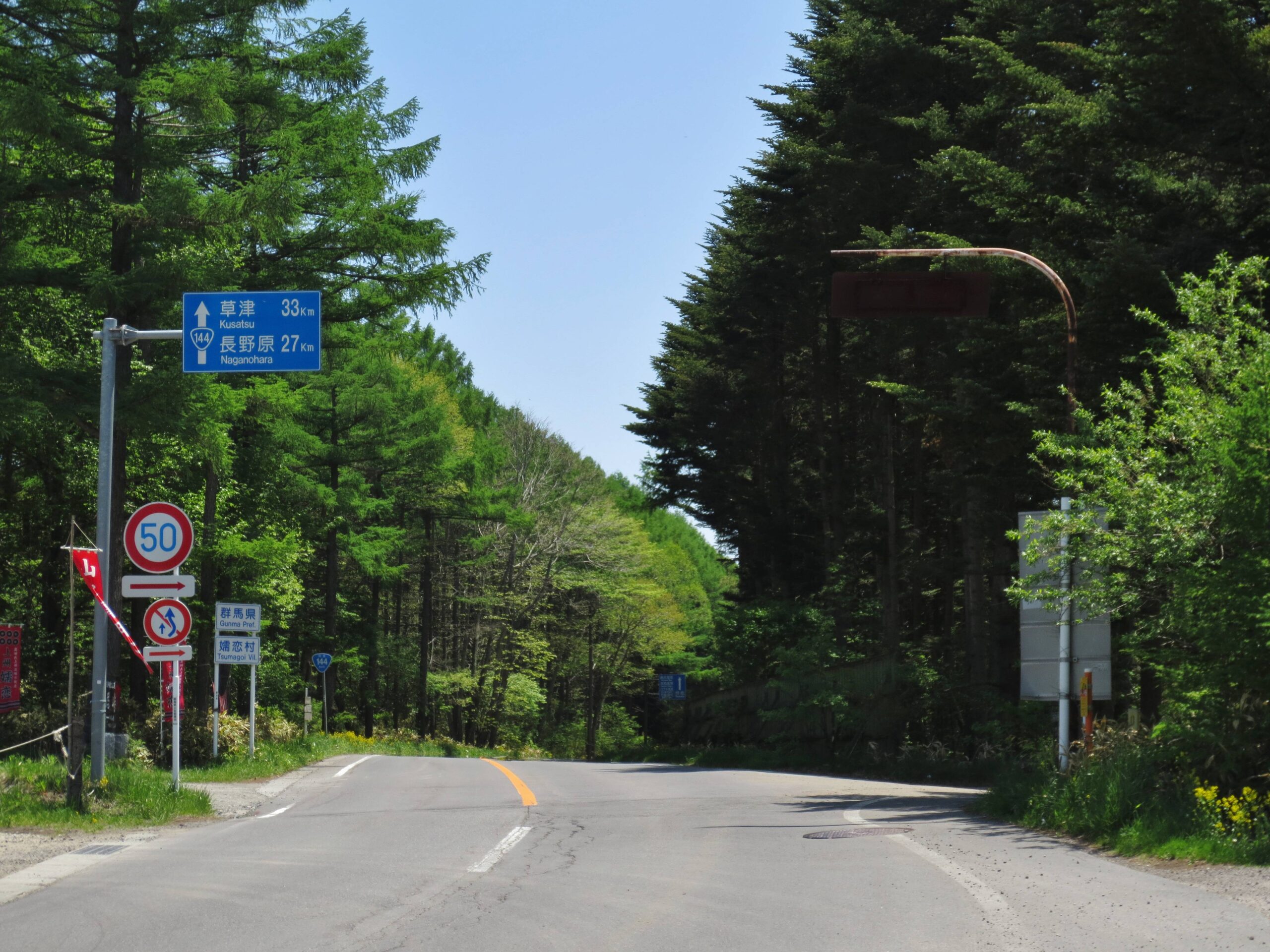
Eventually, this Shigeno-shi split into three families, named after their bases: 雲野氏 Unno-shi, 禰津氏 Netsu-shi based in 小県郡禰津 Chikuma-gun Netsu, and 望月氏 Mochizuki-shi residing in 佐久郡望月 Saku-gun Mochizuki. As time passed through the 鎌倉 Kamakura (1185–1333 CE) and 室町 Muromachi eras (1336–1573 CE), 幸隆 Yukitaka (1486-1561 CE), born between the daughter of 雲野信濃守棟綱 Unno Shinano no Kami Munetsuna and 道端居士弾正忠頼昌 Doban Kyoji Danjōchū Yorimasa, established the Sanada-shi in 小県郡山家郷真田 Chikuma-gun Yamagagō Sanada.
Deep in this 真田の里 Sanada no Sato, the 2,354-meter-high 四阿山 Azumaya-san showed a mystical mountain form, and at 鳥居峠 Toriitoge, in the saddle between 烏帽子岳 Eboshi-dake, a first torii gate stood as the entrance to the 白山大権現社 Hakusan Daigongen-sha at the 四阿山頂 Azumaya-sanchō. The name of the 峠 Toge (pass) derives from this, and apart from the Toge, there was a shrine called 中社 Chūsha, where there was a training hall for ascetics called 花童子 Hanadōji, named 籠屋 Kagoya.
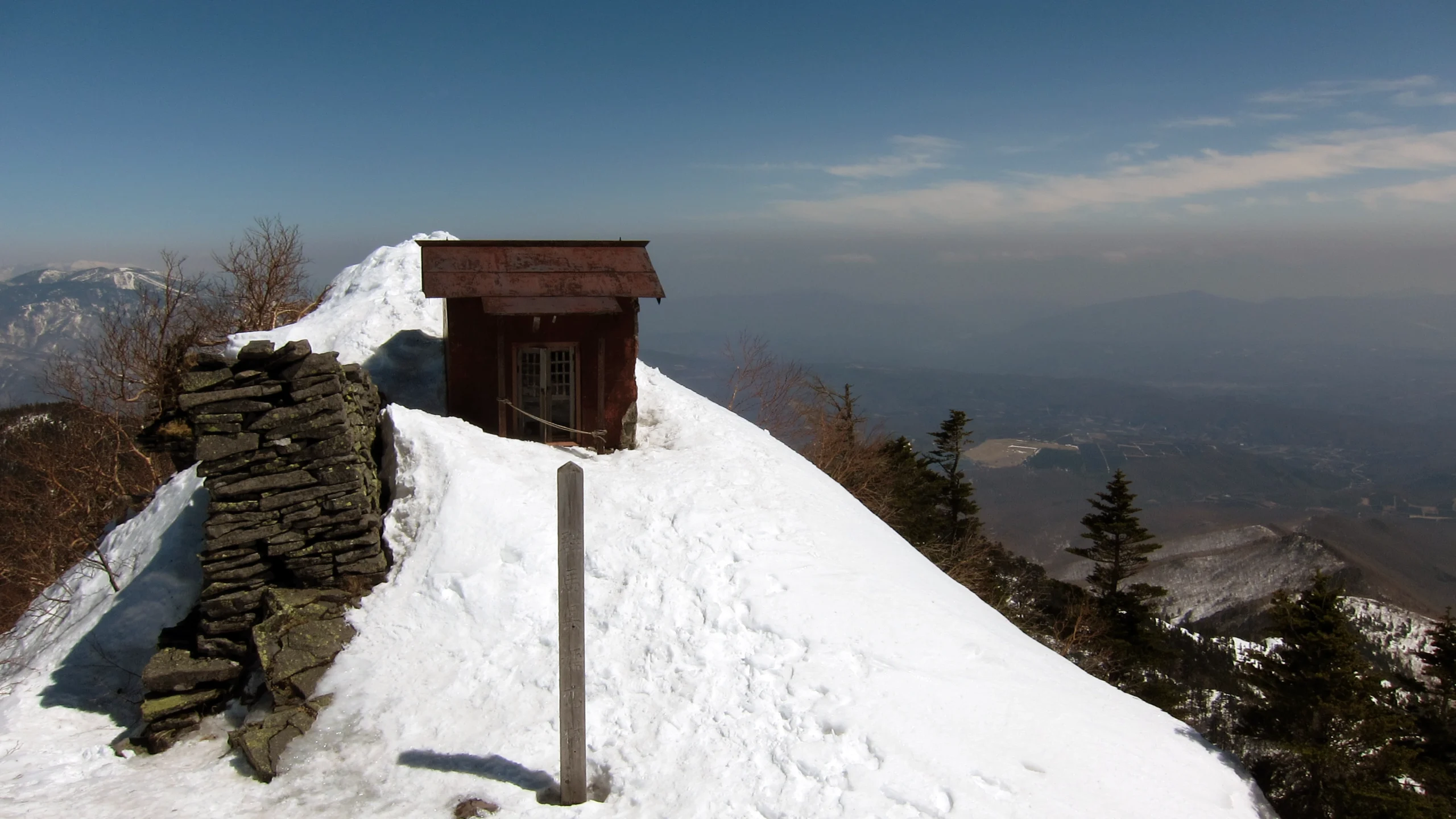
As can be known from this, the mountain faith of Hakusan Daigongen, invited by Sanada-shi, combined with the 天台 Tendai and 真言密教 Shingon Mikkyō of 山伏 Yamabushi, 行者 Gyoja, and 修験者 Shugensha, achieving superhuman abilities through unique harsh practices. In fact, the 山家神社 Yamaga Jinja in 真田の里 Sanada no Sato is also the village shrine of the 白山社 Hakusan-sha at 四阿山頂 Azumaya-sanchō, and the reason 真田忍者 Sanada Ninja are considered magical and sorcerous, completely different from the scientific and rational schools of 伊賀 Iga and 甲賀 Kōga, is thought to lie in this.
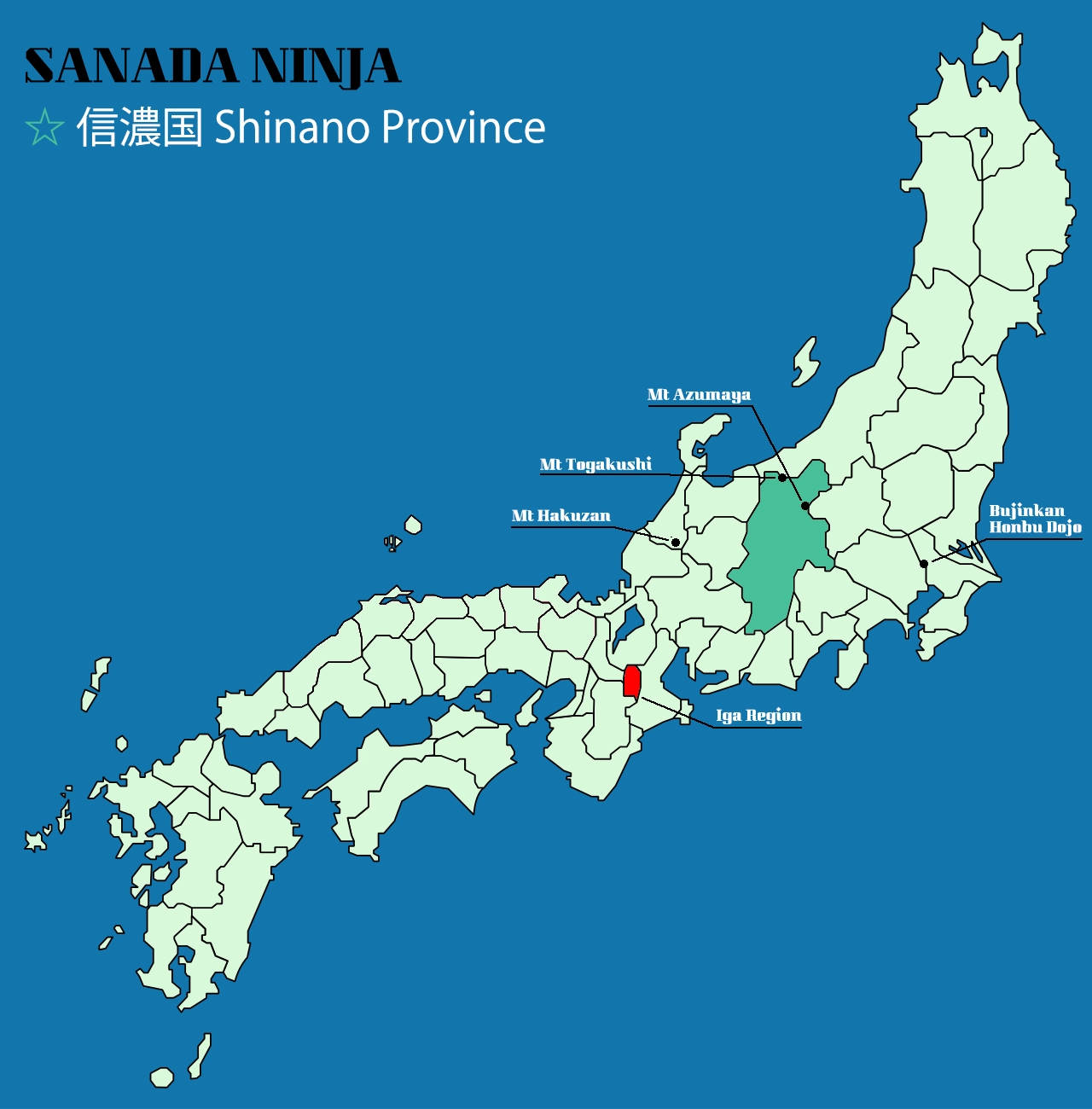
As the entrance to the Hakusan Daigongen at Azumaya-sanchō, the Toriitoge with the first torii gate is also known for the anecdote where 日本武尊 Yamato Takeru no Mikoto (~2nd century CE) recollected 弟橘媛 Oto Tachibana Hime, exclaiming “吾孀はや Azuma wa ya,” but crossing it eastward leads to the 上州 Jōshū (Gunma Prefecture) 吾妻地方 Agatsuma Chihō. The ancient path stretching almost straight from the 峠 Toge to 沼田城下 Numata Jōka was called the “上田道 Ueda-michi” or “真田道 Sanada-michi,” with many houses of the 真田一族 Sanada Ichizoku scattered along it, and once an incident occurred, the ancient path came alive with energy.
This 上州 Jōshū land was also thriving with 修験道 Shugendō, and in a Meiji 13 (1880) survey, 天台宗 Tendai-shū counted 446 temples, 真言宗 Shingon-shū 624 temples, and in 群馬郡上室田 Gunma-gun Kamimuroda, on the banks of 鳥川 Torigawa, there was a mountain called 湯殿山 Yudono-san, where the three gongen of 月山 Gassan, 羽黒山 Haguro-san, and 湯殿山 Yudono-san were enshrined, such an arrangement.
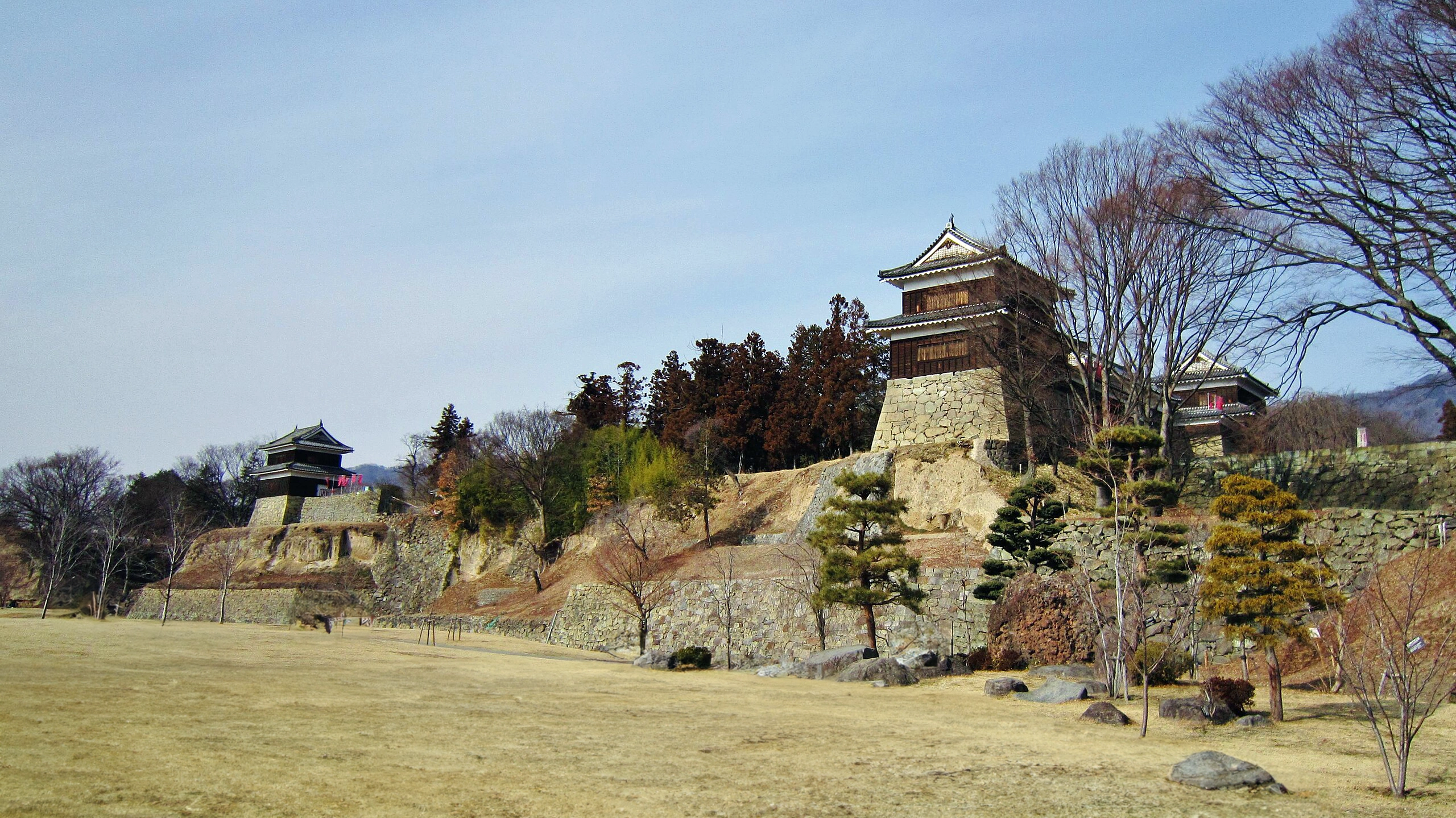
In any case, the 鳥居峠 Toriitoge, with the nearby “花童子 Hanadōji” named 籠屋 Kagoya, can be said to densely exude the mystical atmosphere of mountain faith and esoteric Buddhism, and in fact, the 真田忍者 Sanada Ninja’s representative figure, 猿飛佐助 Sarutobi Sasuke (~1580-1615 CE), appears at this 峠 Toge.
The 雪花山人 Sekka Sanjin of “立川文庫 Tachikawa Bunko” states:
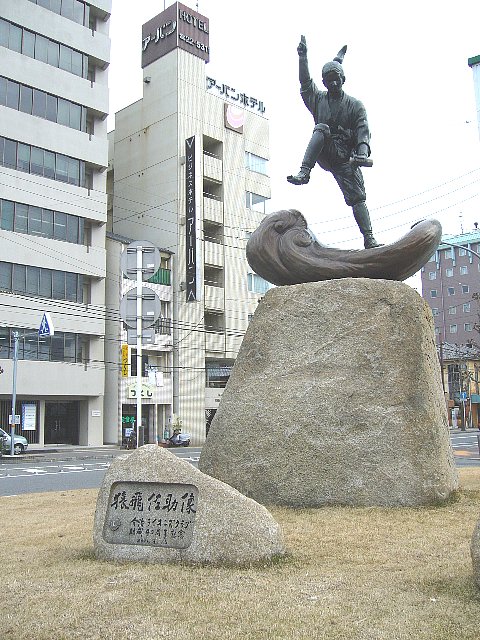
“…At the foot of 信州鳥居峠 Shinshū Toriitoge, there was a local samurai named 鷲塚佐太夫 Washizuka Satayū. Originally a vassal of 信州川中島 Shinshū Kawanakajima’s castle lord 森武蔵守長可 Mori Musashinokami Nagayoshi, but since his lord 武蔵守 Musashinokami died in battle at Komaki-yama (1584 CE), Washizuka Satayū, whose loyalty was unmatched, had no heart to serve another lord, became a rōnin, and, not far from Toriitoge’s foot, lived in seclusion, buying fields and land with modest savings to become a local samurai. This 佐太夫 Satayū had two children, the elder sister 小夜 Sayo, the younger brother 佐助 Sasuke…”
The appearance of this 佐助 Sasuke and 霧隠才蔵 Kirigakure Saizō greatly brightened the existence of 真田忍者 Sanada Ninja, making the Sanada-shi more relatable, immeasurably so. However, before their appearance, the days of hardship of Sanada’s founder 幸隆 Yukitaka continued.
真田忍者 Sanada Ninja (Page 122–124) from the book Bessho Rekishi Dokuhon Vol. 72 – Shinobi no Mono 132-nin Data File. Written by 永岡慶之助 Nagaoka Keinosuke (Writer).
I could not find much information about this book, who wrote it or the publisher. It looks like it was published as a history book/magazine published monthly.
Being the 72’nd book I guess it has been around for many years, the web site jinbutsu.co.jp is dead so I don’t know much about the publisher.
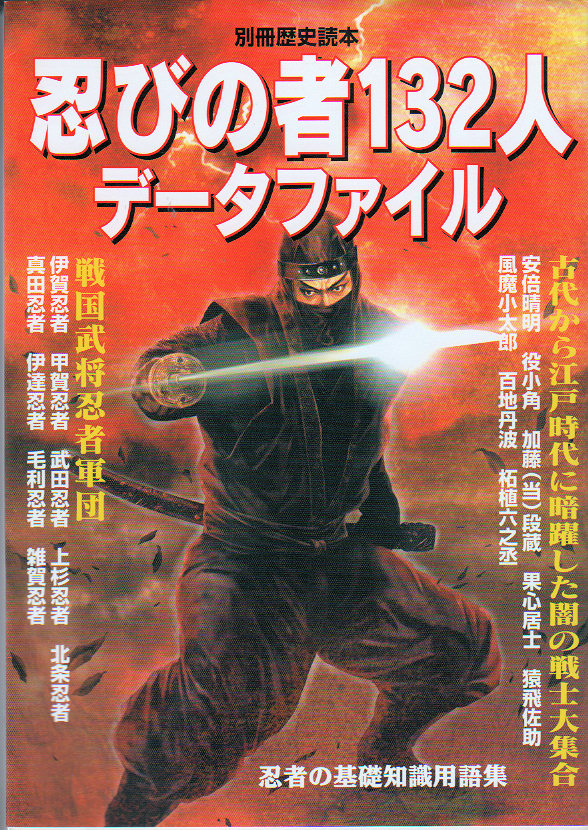
Published May 2001
228 pages
ISBN-10 : 4404027729
ISBN-13 : 978-4404027726